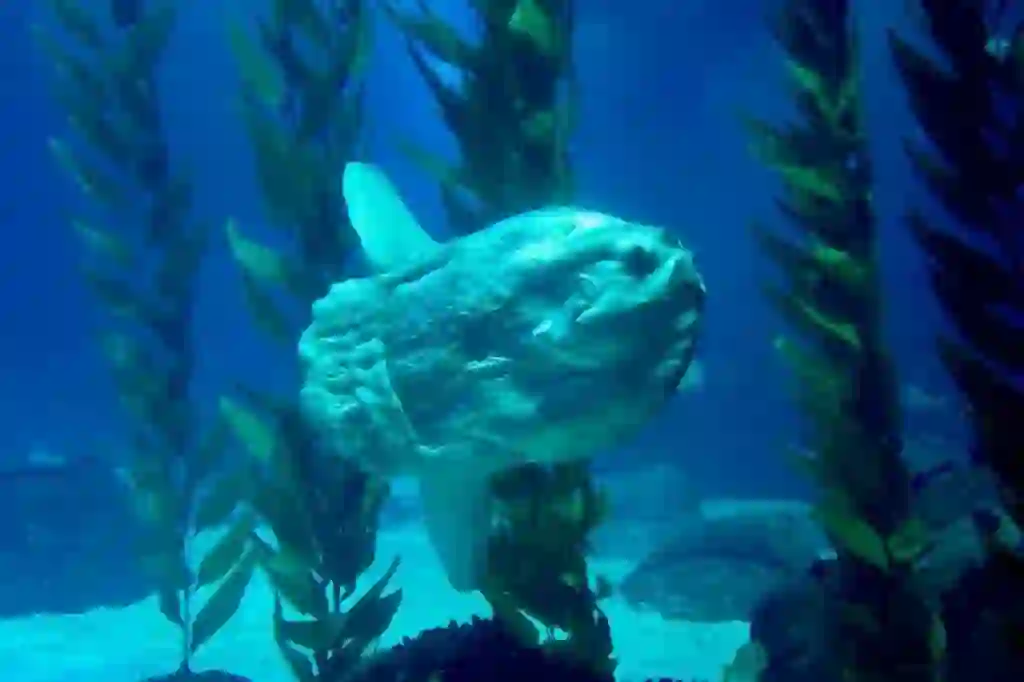
Jellyfish
Jellyfish
Jellyfish
The jellyfish that floats in the sea is very fantastic. However, many people should have been stung by jellyfish during swimming. The jellyfish is a relatively familiar creature. Some people may not know much about its ecology despite its familiarity. So let’s take a look at the ecology of jellyfish together this time. The jellyfish handled in this article are common moon jellyfish in Japan. Please note that unless otherwise stated, it refers to moon jellyfish.
Jellyfish Basic Infomation
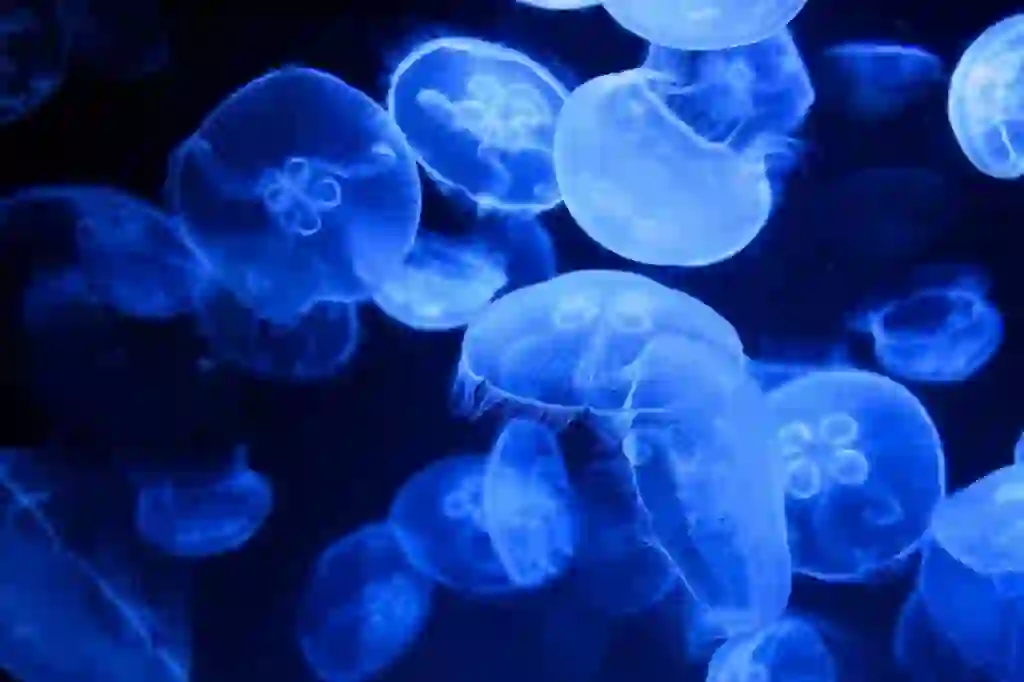
Cnidaria-Scyphozoa-Semaeostomeae-Ulmaridae-1Moon jellyfish genus.
Diameter of umbrella part:15-30cm.
When it comes to jellyfish, many people imagine a round and fluffy umbrella. There are countless thin tentacles on the edge of the umbrella that stop the movement of animal plankton and other creatures with the injected poison, and catch them with long oral arms.
When viewed from above, you should be able to see a clover-like pattern in the center. The clover-like pattern is the stomach, which is visible from the inside. Also, after eating, it is colored like plankton, so some aquariums use it as a selling point.
In addition, most individuals have four stomachs and look like clovers, but some individuals have three or five stomachs. Especially those with five stomachs look like petals, so please check them out with your own eyes.
The mouth is located in the center of the underside of the umbrella. There is an organ like an eye at the base of the tentacle that seems to be able to sense brightness.
Jellyfish are very different in shape from fish, but they are actually plankton. Many people may imagine plankton as tiny organisms, but the definition is a little different.
“Plankton” comes from the Greek word “planktos” and means “drifter”. Therefore, it is more accurate to say that they are “drifting organisms” rather than “tiny organisms”.
Jellyfish do not swim on their own, but drift along with the flow of water. They can swim a little by moving rhythmically, but in reality, it seems that there is a purpose to circulate body fluids.
The habitat of jellyfish extends all over the world. They are widely seen in Japan from southern Hokkaido to the south and are also found in temperate waters around the world. There are years when they increase in number, which can affect human life by preventing fishing or clogging water intakes at facilities.
Jellyfish can be kept at home. Although it was previously considered difficult, it has become more familiar in recent years with the sale of breeding kits. However, it is not as widespread as tropical fish because the breeding method has not been firmly established.
However, the elegance of floating and the fantastic appearance that shines beautifully when illuminated by light are unique to jellyfish. If you want to see the fantasy like you see at an aquarium at home, please try it.
What you need to keep jellyfish is seawater, water flow, and food. Since seawater ingredients are sold, you can prepare artificial seawater without going to the sea.
Next, you need an air pump to generate water flow. Since jellyfish cannot swim on their own, water flow must be generated to let them float.
Finally, give them brine shrimp or artificial feed as food. Some jellyfish can photosynthesize, but moon jellyfish cannot, so feed them frequently.
The biggest caveat is not to touch it with your bare hands.
The toxicity of moon jellyfish is not strong, but it is better to be careful. When replacing water, use a cooking utensil such as a ladle or bowl to scoop up the water.
Next, keep the water temperature at an appropriate temperature of 15-25℃. If it is too cold or too warm, the jellyfish will weaken, so it is necessary to check regularly. In addition, clean the tank and replace the water frequently. If the water is dirty, it may lead to the weakening of the jellyfish.
Next, create an appropriate water flow. If there is no water flow, the jellyfish will not float and will remain on the bottom of the tank. It may also weaken due to the influence of microorganisms.
Finally, be careful of bubbles generated from air pumps and other sources. If bubbles enter the stomach or umbrella, they may be difficult to remove and may cause holes.
Jellyfish Q&A

Jellyfish can be bred.
Jellyfish can be kept at home. Although it was previously considered difficult, it has become more familiar in recent years with the sale of breeding kits. However, it is not as widespread as tropical fish because the breeding method has not been firmly established.
However, the elegance of floating and the fantastic appearance that shines beautifully when illuminated by light are unique to jellyfish. If you want to see the fantasy like you see at an aquarium at home, please try it.
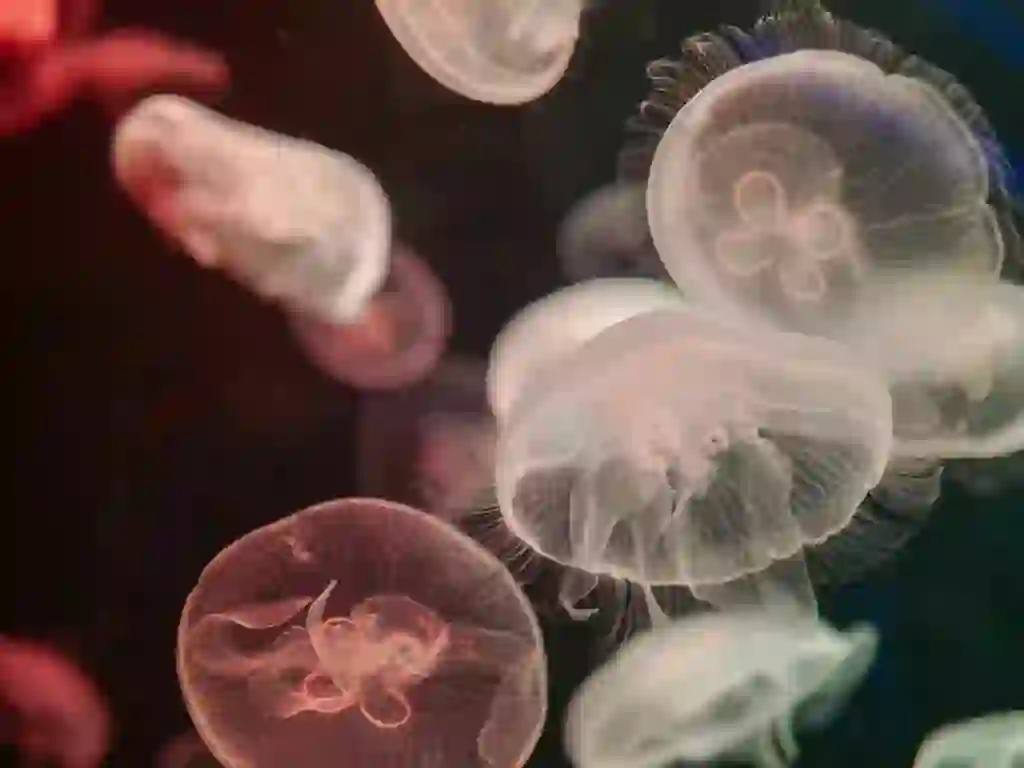
What is the breeding environment for jellyfish?
What you need to keep jellyfish is seawater, water flow, and food. Since seawater ingredients are sold, you can prepare artificial seawater without going to the sea.
Next, you need an air pump to generate water flow. Since jellyfish cannot swim on their own, water flow must be generated to let them float.
Finally, give them brine shrimp or artificial feed as food. Some jellyfish can photosynthesize, but moon jellyfish cannot, so feed them frequently.
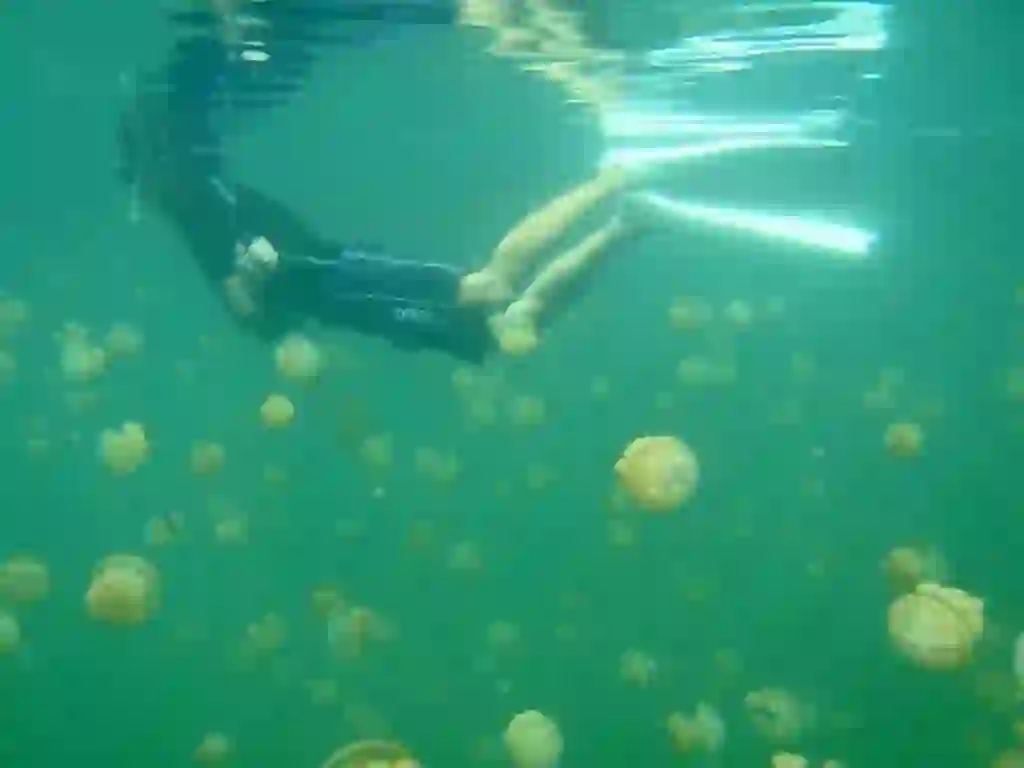
What to look out for when breeding jellyfish.
The biggest caveat is not to touch it with your bare hands.
The toxicity of moon jellyfish is not strong, but it is better to be careful. When replacing water, use a cooking utensil such as a ladle or bowl to scoop up the water.
Next, keep the water temperature at an appropriate temperature of 15-25℃. If it is too cold or too warm, the jellyfish will weaken, so it is necessary to check regularly. In addition, clean the tank and replace the water frequently. If the water is dirty, it may lead to the weakening of the jellyfish.
Next, create an appropriate water flow. If there is no water flow, the jellyfish will not float and will remain on the bottom of the tank. It may also weaken due to the influence of microorganisms.
Finally, be careful of bubbles generated from air pumps and other sources. If bubbles enter the stomach or umbrella, they may be difficult to remove and may cause holes.
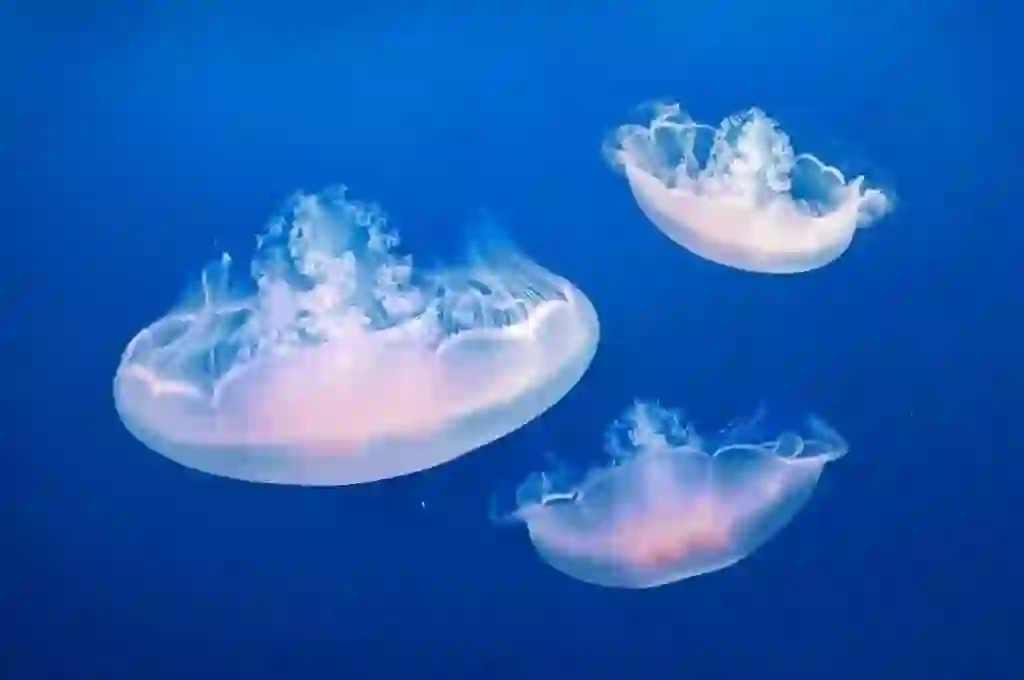
Where does jellyfish get its name?
In English, it is called "jellyfish", but in fact, in the case of the Japanese name, it is named "kurage". Why did it come to be called kurage by its Japanese name this time? We will introduce its origin.
There are various theories about the origin of the name, but it is said that jellyfish come from "kurage" in connection with "dark" because they seem to have no eyes. Furthermore, it is a theory derived from the "kuruge" of a round container.
※Dark in Japanese is called "kurai".
There are also theories that the name was named using multiple kanji, and there is a theory that the name appeared in the Kojiki.
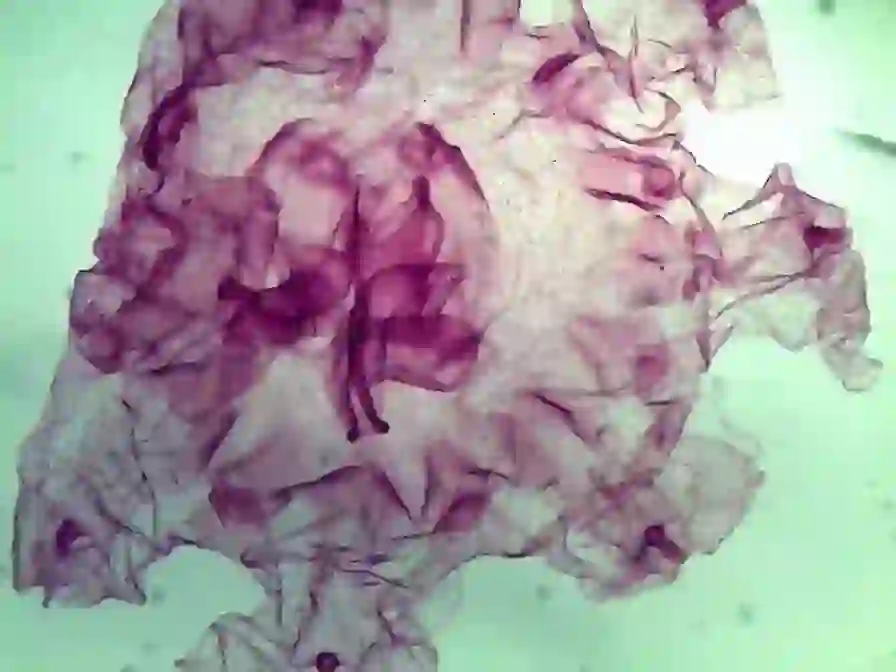
Is it true that jellyfish change their name and appearance every time they grow?
It's true.
Jellyfish is a creature that changes its shape greatly. The form of jellyfish that is generally well known is the mature form. Jellyfish in the early stages of hatching or during the growth process have a different shape.
First, after hatching from an egg, it floats in the sea for several days as a larva called “planula” that is about 0.2mm in size.
Next, it attaches to rocks or breakwaters and changes into a form called “polyp” that has tentacles like a sea anemone. Polyps are less affected by water temperature and can survive in environments where ordinary creatures would die. In addition, polyps reproduce asexually at the place where they are attached.
After that, it changes into a “strobila” with many constrictions. It has a shape like a lot of dishes lined up. Then, it becomes an “ephyra” with a petal-like shape for each constriction and floats in the sea again.
When the ephyra grows up, it becomes the shape of a “jellyfish” that we are familiar with.

Why do jellyfish live there?
Jellyfish mainly inhabit shallow seas near the land and float in the sea. There are many planktons in shallow seas, which are considered to be a great feeding ground for jellyfish.
In addition, since there is plenty of food for the polyps, which are the larvae of jellyfish, they probably do not move around much throughout their lives.
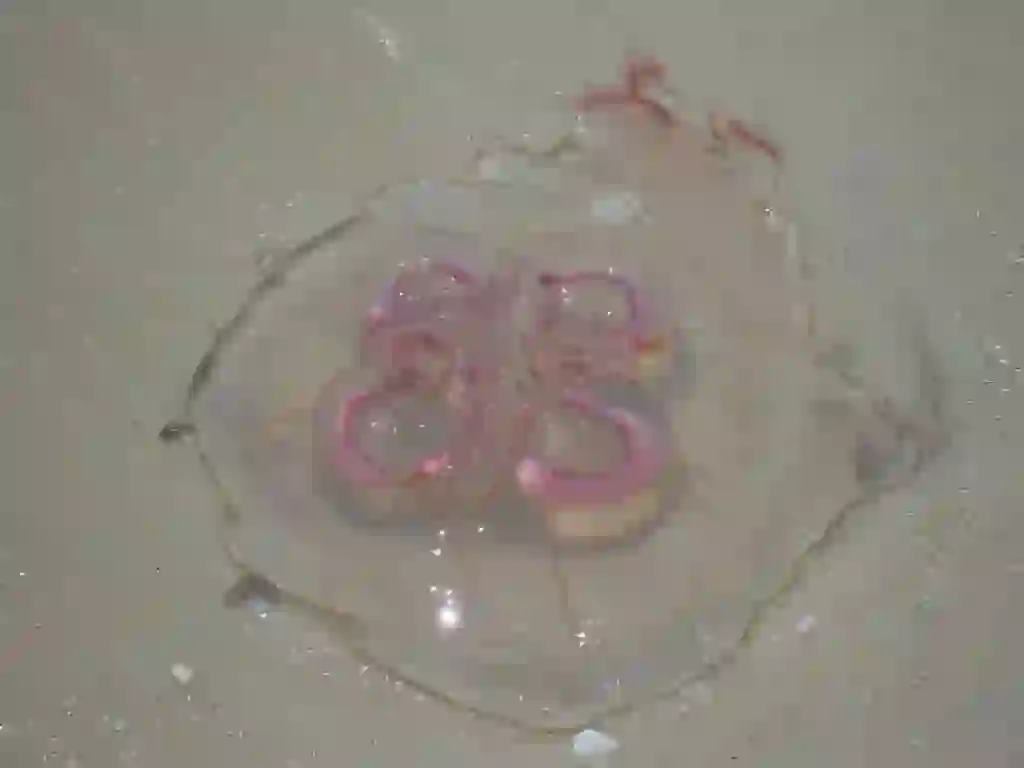
What do jellyfish eat?
Jellyfish are carnivorous and basically feed on animal plankton. However, depending on the type of jellyfish, they can also prey on fish because some of them are large.
In addition, there are observed cases where they feed on other types of jellyfish. Cannibalism has also been observed in their larvae.
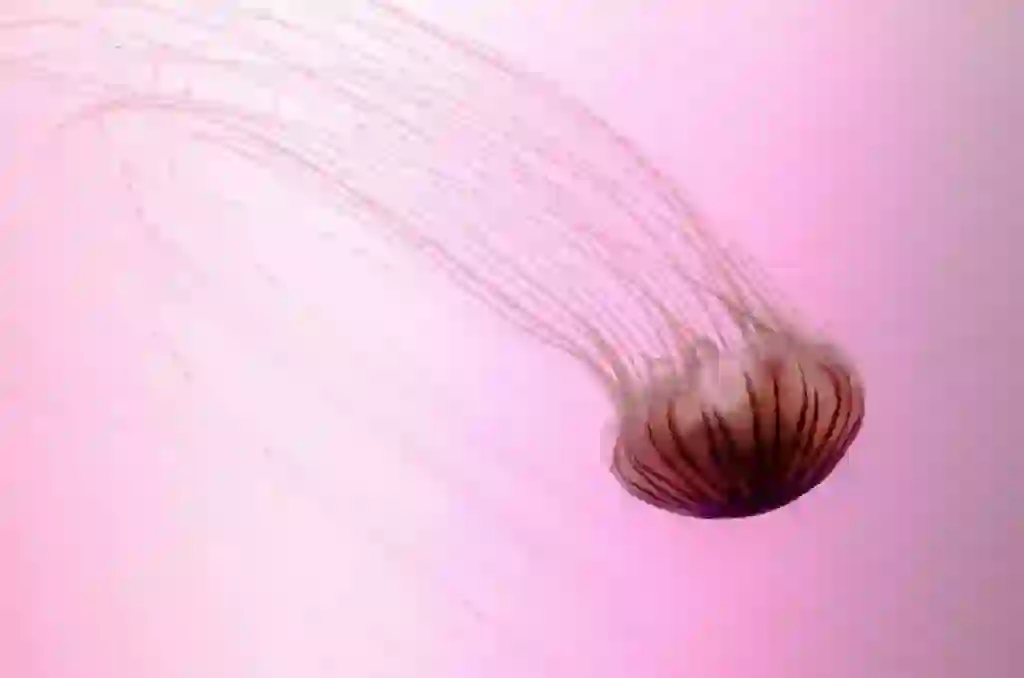
What is the body of a jellyfish made of?
Jellyfish float in the sea and their bodies are translucent, so it's strange what they're made of. In fact, the body of jellyfish is gelatinous, and about 95% is made up of water. By the way, the jelly in sweets also has the same moisture ratio, so it seems that the sensation of touching it is similar.
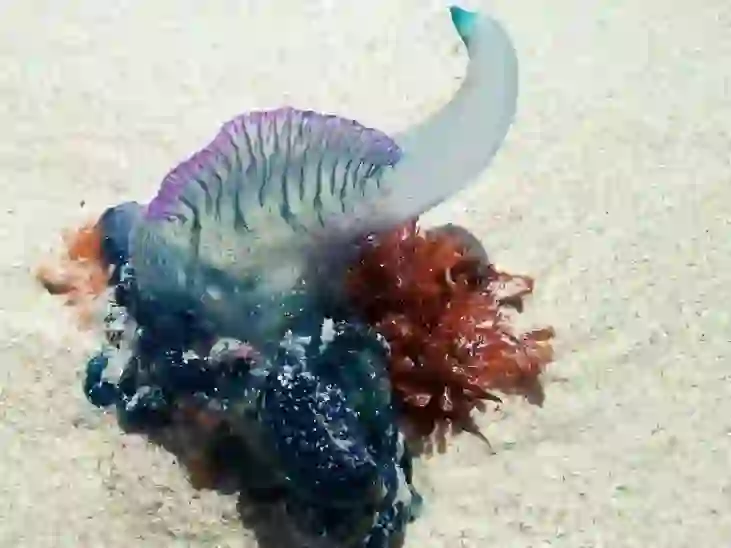
What are the natural enemies of jellyfish?
It was said that the main component of jellyfish was water and low nutritional value, so it was thought that they were not often preyed on. However, it turned out that it is preyed on by birds and fish.
The phyllosoma of the scyllaridae has the nickname "jellyfish rider".It is thought that it attaches to jellyfish and uses it as food and transportation. This behavior has been confirmed not only for moon jellyfish, but also for many jellyfish.
In addition, examples of predation by other species of jellyfish and cannibalism of juvenile polyps have been confirmed.

Is jellyfish poison strong?
The toxicity of moon jellyfish is weak and it is said that it only causes swelling in sensitive people. The poison is a protein toxin that combines hemolytic and neurotoxic properties. Jellyfish do not have brains or hearts. Therefore, when you touch their tentacles, your nerves react and inject the toxin.
The poison of moon jellyfish is not very strong, but there are many dangerous jellyfish. For example, japanese sea nettle, portuguese man-of-war, and box jellyfish.
However, it is not practical to determine the type of jellyfish and enter or swim in the sea. In addition, anaphylactic shock can lead to death, so it is better not to enter the sea where jellyfish are located.

Would you like to become a part of the 'Animalbook.jp'?
Turn your knowledge into Q&A and share it with the world. ※Publication will be activated after purchase. Let's share information together!
Jellyfish Type of List
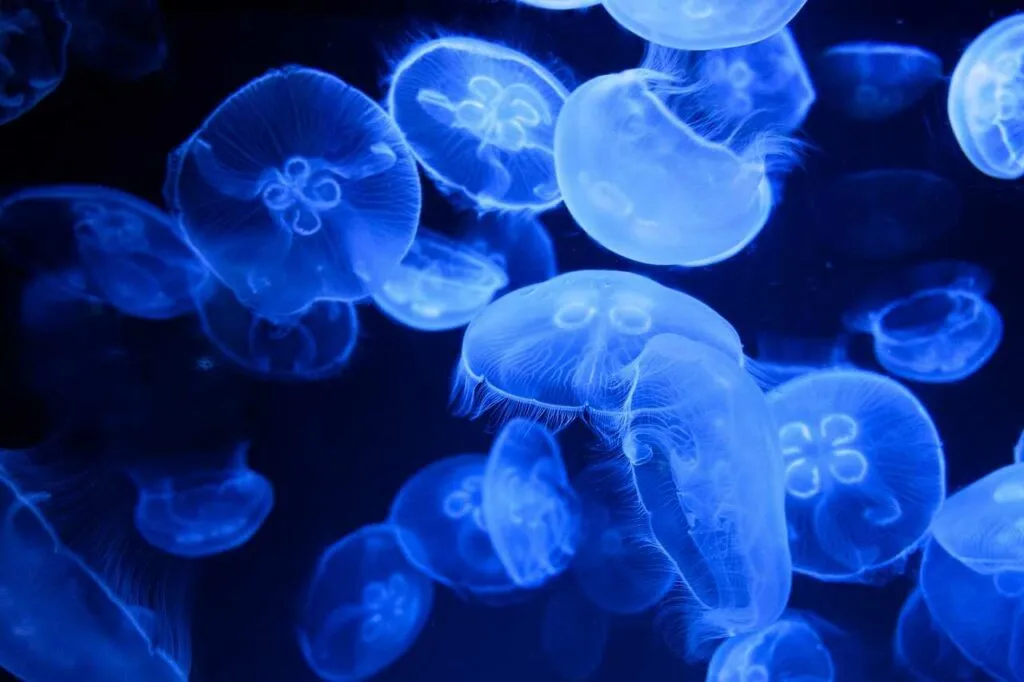
We will introduce you to the types of the genus Moon jellyfish, to which the moon jellyfish belongs.
※The following are scientific names, not English names.
Regardless of classification, it is an example of a jellyfish with a Japanese name.
- Aurelia aurita
- Aurelia ayla
- Aurelia cebimarensis
- Aurelia clausa
- Aurelia coerulea
- Aurelia colpota
- Aurelia columbia
- Aurelia dubia
- Aurelia hyalina
- Aurelia insularia
- Aurelia labiata
- Aurelia limbata
- Aurelia malayensis
- Aurelia maldivensis
- Aurelia marginalis
- Aurelia mianzani
- Aurelia miyakei
- Aurelia montyi
- Aurelia mozambica
- Aurelia persea
- Aurelia rara
- Aurelia relicta
- Aurelia smithsoniana
- Aurelia solida
- Aurelia vitiana
- Purple Jellyfish
- Spotted Jelly
- Crystal Jelly
- Flower Hat Jelly
- Moon Jellyfish
- Monn Jellyfish
- Clinging Jellyfish
- Japanese sea nettle
- Portuguese Man-Of-War
- Box Jellyfish
Information
Congratulations! You are the first commenter!

Create Your Favorite List!
Jellyfish
Save the animals you love! Build your own list to quickly revisit your favorites later.

Would you like to leave a comment?
※Please note: This is for the purchase of rights to post comments within the article.
Find Your Favorites!
Our shop offers a unique and attractive selection of goods themed around various animals.
Jellyfish References

- Wikipedia https://ja.wikipedia.org/wiki/クラゲ
- すみだ水族館 https://www.sumida-aquarium.com/column/details/652.html
- 京都水族館 https://www.kyoto-aquarium.com/column/details/664.html
- Sunshine City https://sunshinecity.jp/aquarium/animals/kurage.html
- クラゲ屋 https://kurage-ya.com/food-web/
- KAMIHATA AQUA NETWORK http://aquarium-fish.kamihata.net/kurage/mizu.html
- アクアリウム情報サイト トロピカ https://tropica.jp/2018/11/17/post-23897/
Jellyfish Introduction of media used
出典:https://pixabay.com/videos/id-10480/

出典:https://pixabay.com/images/id-5584171/

出典:https://unsplash.com/photos/4BtLZjJgX8Y

出典:https://www.pexels.com/ja-jp/photo/3-2730355/

出典:https://commons.wikimedia.org/wiki/File:Aurelia_Ephyra.jpg
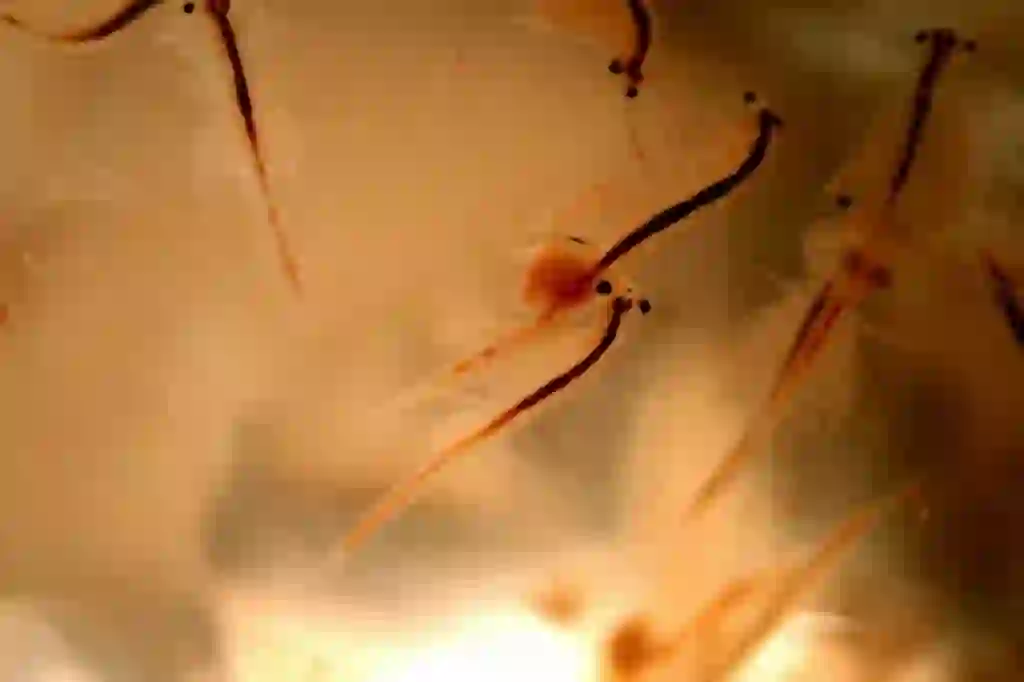
food
出典:https://commons.wikimedia.org/wiki/File:Many_live_brine_shrimp.JPG

出典:https://pixabay.com/images/id-1707169/

enemy
出典:https://commons.wikimedia.org/wiki/File:Thalassarche melanophris - In the colony.jpg

出典:https://pixabay.com/images/id-314828/

出典:https://pixabay.com/images/id-205072/

Help Enrich Our Animalbook.jp with Your Media!
We are constantly looking to expand and enrich our Animalbook.jp with amazing photos and videos of animals. If you have any media that you'd like to share, please contribute and help us showcase the beauty and diversity of the animal kingdom. Your submissions will be credited and featured in our encyclopedia, reaching a wide audience of animal lovers.
















